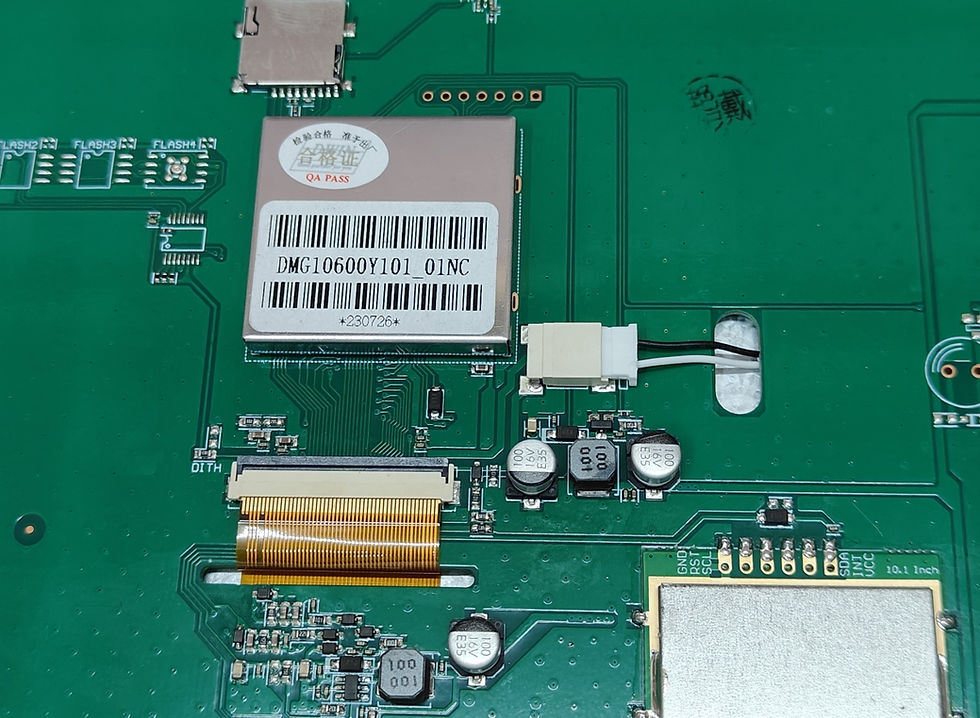pH probe with the sensor board
A pH probe consists of two main parts: a glass electrode and a reference electrode . pH is determined essentially by measuring the voltage difference between these two electrodes.
The pH probe is a passive sensor, which means no excitation voltage or current is required. It produces a voltage output that is linearly dependent upon the pH of the solution being measured. An ideal pH probe produces 0v output when pH value is at 7, and it produces a positive voltage (a few hundred mili-volts) when pH value go down, and a negative voltage level when pH value go up, causing by the hydrogen irons forming at the outside (and inside) of the membrane glass tip of the pH probe when the membrane comes into contact with solution.
The source impedance of a pH probe is very high because the thin glass bulb has a large resistance that is typically in the range of 10 MΩ to 1000 MΩ. Whatever measurement circuit connect to the probe requires to be high-impedance in order to minimise the loading effect of the circuit.
The pH sensor board can be divided into 3 different sections based on its functionality.
pH Measurement Circuit
pH Threshold Detection Circuit
Temperature Reading Circuit
TLC4502 high-impedance operation amplifier used on board
top of page
₹1,750.00Price
Related Products
bottom of page
































